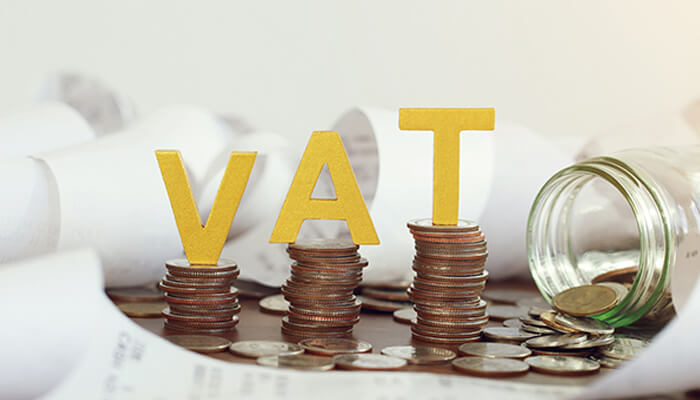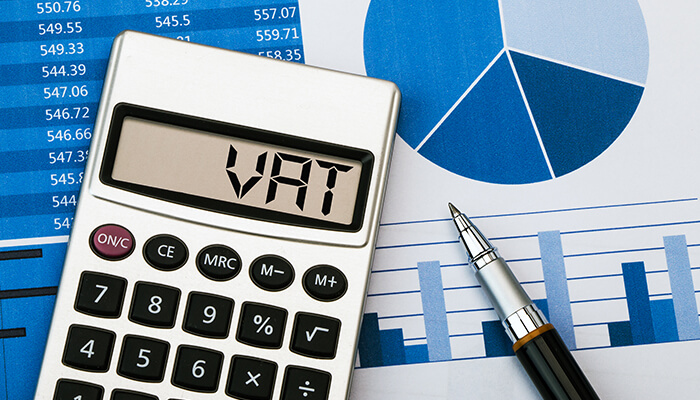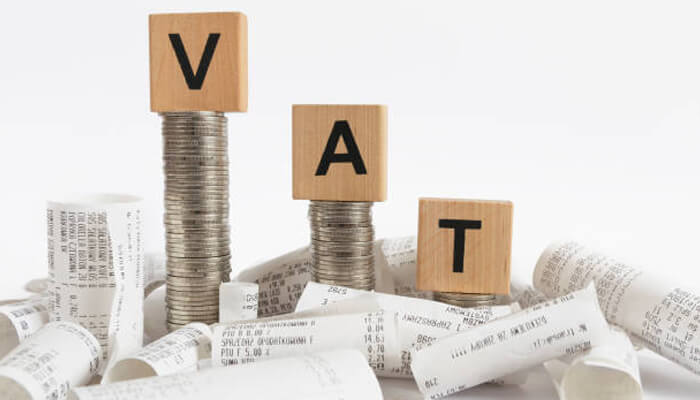If you run a business in the United Kingdom, you need to be familiar with the VAT (Value-Added Tax) rate that applies to your business. This is because this rate can change at any time, and it can also be different from one product or service to another.
In order to understand what the VAT rate is for your business, you need to understand how VAT works in general. That way, you will be ensuring there is business risk in regards to rubbing shoulders with the authorities. Here are 8 ways to understand VAT rate information for UK businesses:
1. Understand how VAT works
The first step in understanding VAT is to understand the tax rate. The VAT rate is the percentage that you pay on your sales and purchases, depending on whether you’re registered for the UK’s Value Added Tax (VAT). For example, if you are selling ice cream and the tax rate is 20 percent, then you will have to pay £100 in taxes on each £100 of profit. The rate can be changed at any time, but it’s important to understand why changes are made to it so that you can adjust your business accordingly.
2. Understanding how to calculate VAT
The VAT system is complex, but understanding how it works doesn’t have to be complicated or frustrating. If you’re new to accounting or tax law, this guide will give you all the information you need to get started with VAT calculations in no time at all.
3. What happens when the VAT rate changes?
Understanding what happens when a new VAT rate is introduced or an old one changes is important because it affects how much you pay in taxes and what items are subject to taxation. Know what happens when VAT rates change before they do so to ensure your business isn’t caught off guard by unexpected increases or decreases in revenue during tax season every year!
4. Know what type of VAT returns you need to file
The next step in understanding VAT rate information is to know which type of VAT return you need to file. There are two types of VAT returns that can be filed:
a) Standard Return (PRN 56): This type of return is used by businesses who have no other business activities other than selling goods or services within the UK. This means that they do not manufacture anything or provide any services outside of the country.
b) Partial Exemption Return (PRN 57): This type of return is used by businesses that have both manufacturing and non-manufacturing activities within the UK, but only one part of their activity qualifies for partial exemption from paying VAT on that activity.
5. Understand how to calculate your reduced rates liability
There are two methods for calculating the reduced rates liability. The first method is to use the rate table and multiply it by the number of days you expect to be in the UK during the tax year. This will give you an estimate of how much tax you need to pay for that year. The other method is to use HMRC’s online calculator, which can be found here.
6. Know how to claim input tax credits on your taxable supplies
This is one of the most important ways to understand VAT rate information for UK businesses because it will help you make sure that you are not overpaying tax on your business or have any unexpected costs come up during the year. Input tax can be claimed back by claiming input tax credits against expenses or costs incurred by a business. This can help reduce the overall amount of taxes owed by a business and make it easier for them to stay within their budget.
7. Understand how VAT is collected and paid
VAT was originally intended to be paid by businesses on their purchases, but now most VAT is collected from consumers at the point of sale in stores and online shops. This means that if you sell goods or services to other businesses, such customers may also be required to pay their tax due through sales taxes or value added taxes (VAT). To make sure that all customers pay their fair share of taxes when purchasing from your company, be sure to understand and recommend the best payment methods.
8. Know how to claim output tax credits on your taxable supplies
The next step to understanding VAT rate information for your business is to know how to claim output tax credits on your taxable supplies.
You can claim output tax credits if you are a manufacturing business, or a service business that supplies goods and services. This is because the input VAT paid by your customers is not included in the price of the goods or services you sell. So, when you sell them, you should be able to claim back the input VAT they paid.
This is done through a calculation called an input tax credit (ITC). The ITC will then be used to reduce your taxable profits on your sales.
Conclusion
Hopefully, this has provided a useful guide to understanding VAT rate information. To recap, if you are a UK business that supplies business-to-business services or other exempt supplies, you will likely be required to issue VAT invoices to your customers. If possible, delivery invoices should be issued for all other sales.





